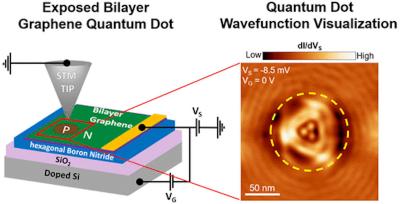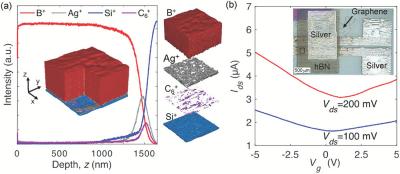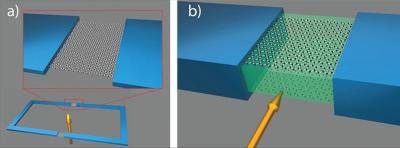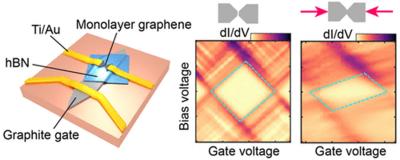Researchers report a highly efficient graphene/hBN-based electro-absorption modulator
ICFO researchers led by Professor Frank Koppens, in collaboration with researchers from Universita di Pisa, CNIT, Ghent University-IMEC, and NIMS, have reported a novel electro-absorption (EA) modulator capable of showing a 3-fold increase in static and dynamic modulation efficiency while maintaining the high-speed, a value that surpasses those for previously reported graphene EA modulators.
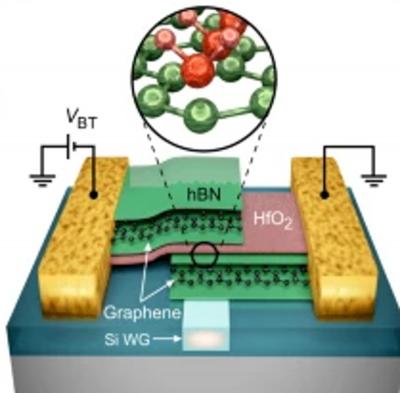
To achieve this, the team of researchers developed a high-quality graphene-based electro-absorption modulator by combining high-quality graphene and a high-k dielectric, also used in microelectronics. The high quality of the graphene was achieved by integrating it with the 2d-material dielectric hexagonal boron nitride (hBN).

